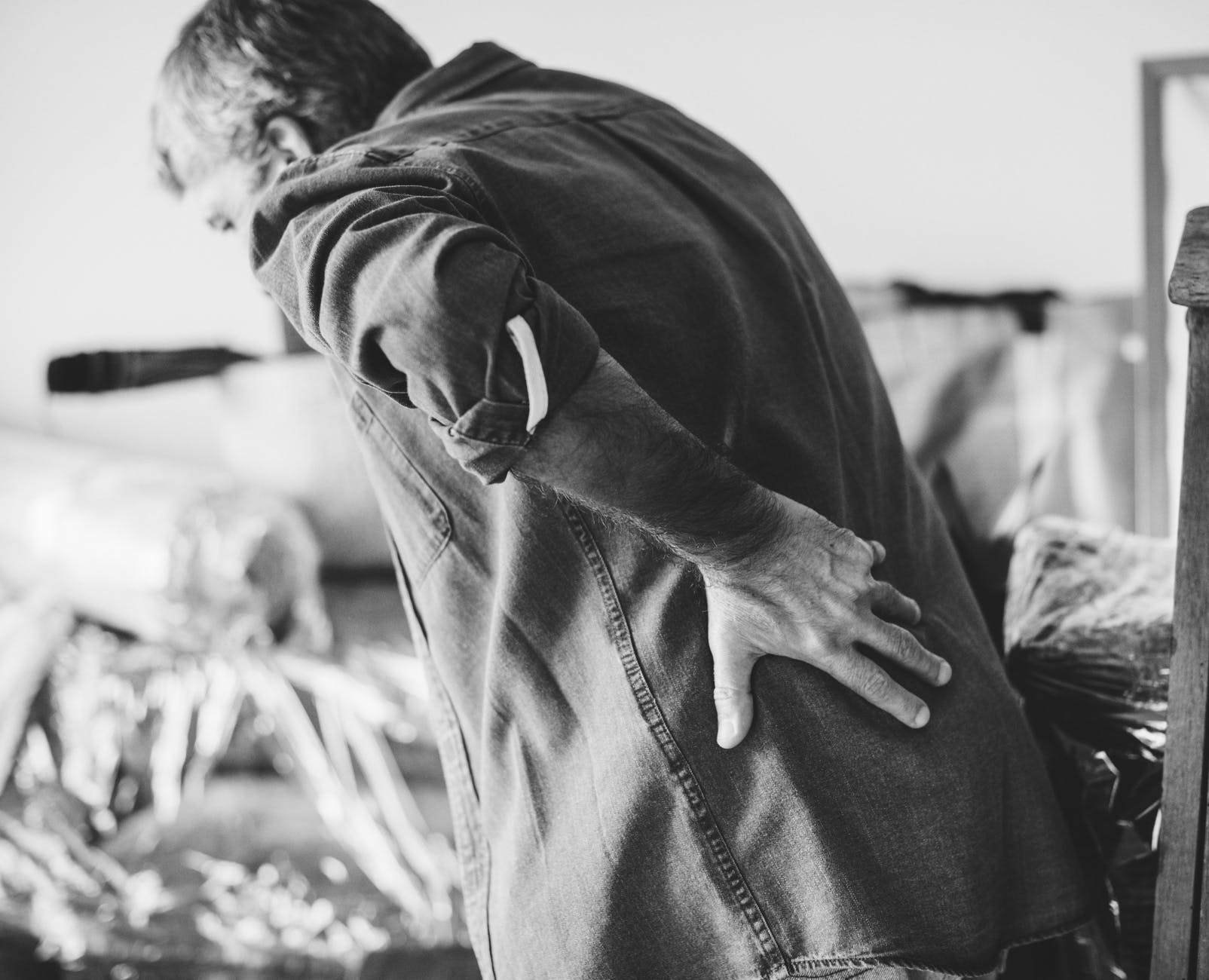This blog is excerpted from a Healthline article by Marjorie Hecht on March 23, 2021 about arching back.
Everyone’s back has some degree of arch or curve. Your spine is gently curved inward in the cervical area (neck) and the lumbar area (lower back). “Arching your back” refers to exaggerating its natural curvature by pushing your chest and stomach forward and your bottom out. It can throw your body out of alignment and may cause pain or balance problems.
Ideally, seen from the side, there should be a straight line from your head, through the middle of your ears and shoulders, to behind the center of your knee, and in front of the center of your ankle. Good spinal alignment supports your ability to stand up straight, to move flexibly, and to prevent pain.
It’s not a good idea to deliberately arch your back for prolonged periods of time. In the long term it can cause muscle loss and pain. Arching will shorten and tighten your back and leg muscles over time. That said, arching your back briefly — during certain yoga poses, for example — will not have negative consequences.
Everyone’s posture is different, and there are distinct types of posture misalignment. Your spinal alignment may change with age, it may change because of injury or surgery, or you may have been born with abnormal curvature in your spine. If your spine is not in a neutral alignment, check with a healthcare professional for guidance on correcting the curvature and strengthening the supporting muscles.
Too much arching over the long term can cause back pain and injury
Hyperlordosis, or having too much curve in your back, can result in pain, a slipped disc, or other spinal injury. Most often, lordosis is the long-term result of bad posture. Other factors that can contribute to hyperlordosis include:
- being overweight
- pregnancy
- weak core muscles
- spinal injury or disc problems
- diseases such as rickets or osteoporosis
- neuromuscular diseases, such as cerebral palsy
- sedentary lifestyle and lack of exercise
When your spine is excessively arched, it puts additional stress on muscles in your trunk, thighs, and hamstrings. Your muscles can become out of balance, tight, or weak. This in turn contributes to lower back pain. It can affect your gait and balance. Hyperlordosis is also associated with stress fractures in vertebrae.
How to correct over-arching
If you’re over-arching your back and have back pain, see your doctor to determine the cause. They can rule out spinal injury or other physical problems that require special treatment. In most cases, you can fix an over-arched back and improve your posture on your own with regular stretches and strengthening exercises.
Some stretches that can help loosen tight muscles, which you can do daily include:
- Knee to chest (single and both)
- Pelvic bridge
- Crossed leg stretch
- Standing pelvic tilt
The bottom line is: everyone’s back has a normal curvature or arch. But deliberately arching your back can be harmful in the long term, tightening and shortening the muscles that support your spine. Excessive arching of your back can result from bad posture, sitting too much, and other conditions. In most cases, you can reverse the damage — and pain — with regular stretches and strengthening exercises.
Does your pain go beyond bad posture? The Bonati Spine Institute Can Help!
We encourage all our guests to maintain a proper pasture and careful exercise routine. But, if you are still in pain despite this special attention, it may be likely you have a physical abnormality within the spine that requires surgical repair. Our targeted, minimally invasive procedures were designed and patented by Dr. Bonati to treat spinal abnormalities WITHOUT the need for general anesthesia, highly-invasive open back surgeries, excessive scarring and a prolonged recovery. We can treat all levels of the spine.
If you are dealing with chronic pain, allow our team to review your case to determine if you are a candidate for the Bonati Spine Procedures. To get this review started, simply call us at 844-663-0310 or complete our online contact form and one of our patient advocates will reach out to you directly.
Read the full Healthline article here: https://www.healthline.com/health/arching-your-back

